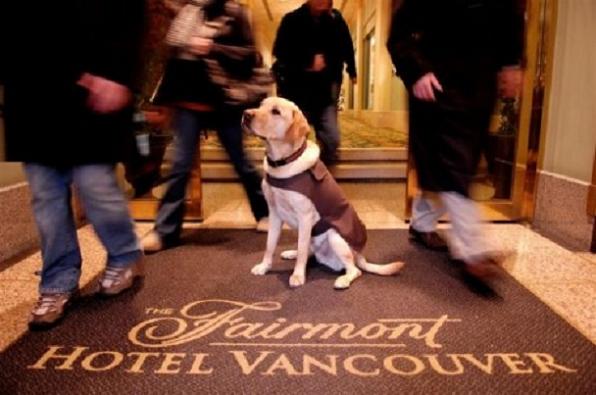This is a bad time to be in the magazine business. Ever since the global economic crisis, sales have plummeted and fashion magazines have been clutching at straws to push up revenues. Even the likes of Vogue and Elle have been reeling under the weight of financial constraints and budget cuts. Now, they have been forced to take an alternative route to become relevant and generate higher revenues again. They are now dabbling with the idea of selling the products featured in their articles.
Shannon Edwards, European director of shopping website ShopStyle admits that blending editorial with retail has become “natural” from both, an economic and consumer standpoint. The trend is already visible among big publishers like Hearst Magazines which counts Cosmopolitan and Esquire among its publications. Hearst Corp. president David Carey has revealed that the publishing house will enter into “a series of e-commerce partnerships” in the course of this year. Vogue (a Conde Nast publication) treaded a similar trail last month when it teamed up with Italian online clothing and accessories retailer Yoox.
The future will throw up several challenges for fashion magazines combining retail with editorial. However, there is no looking back. Fashion mags are fighting for their survival. The rise of shopping sites like Net-A-Porter and Asos Plc have taken away much of the traditional readership of these mags. Even luxury fashion brands like LVMH are launching digital lines like Nowness.
The economic crisis has seen magazines struggling to retain relevance. From shutting down magazines (as was done at Hearst and Conde Nast) to cutting down on apparel and accessories ad spend in US mags from $2 billion in 2008 to $1.57 billion in 2010, it is fair to say that our longstanding fashion magazines have tried everything. Yet, print circulation continues to fall. In 2010, Elle’s circulation fell by 0.5 percent and Vogue’s by 1.5 percent. Meanwhile, Time Inc. (which publishes InStyle and Essence), saw ad revenues fall by 22 percent in 2009. 2010 saw only a 3 percent recovery.
Across publications, the story remains the same. The likes of Net-A-Porter, currently a Richemont property, which offers runway footage, designer interviews and fashion advice and a ready-to-buy clothes catalogue is threatening the existence of fashion magazines. Hearst’s Carey recognizes the threat, calling Net-A-Porter “a kind of fashion magazine of the future”.
However, the road to e-commerce may not be an easy one. For starters, magazines could end up losing their editorial independence. Moreover, linking content to e-commerce is not that simple. Plus, there is the entire headache of logistics and technology that comes up in the case of an e-commerce site. Magazines are not built to be retailers.
But they will have to work on making that jump. Last fall, Harper’s Bazaar teamed up with Net-A-Porter to sell clothing and accessories at a click. Last month, we watched Vogue Italia and Yoox taking a similar route.
At the same time, there is also the question of retaining readers’ trust. It is easy for a non-retailing magazine to retain that trust, but the equations could shift once e-commerce enters the scene. Fashion mags will have to tread lightly here.
Via: Bloomberg




